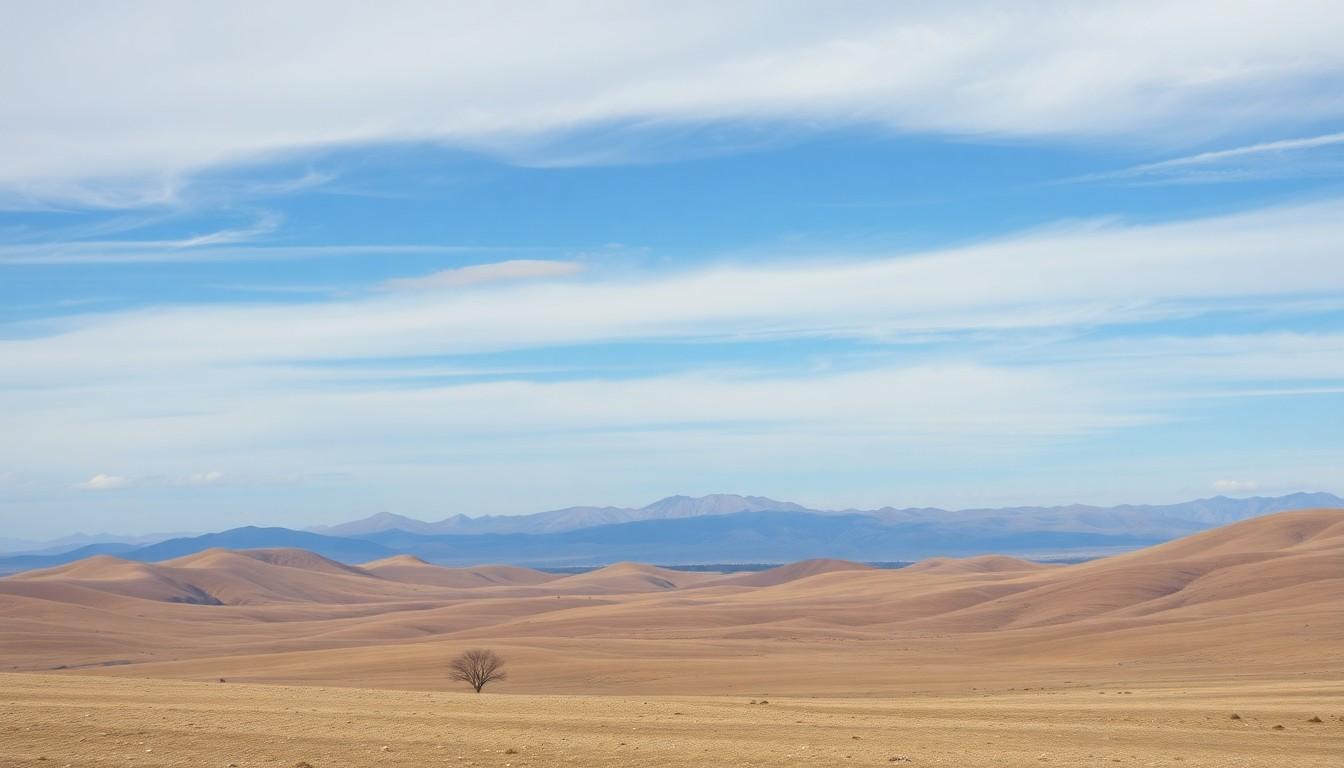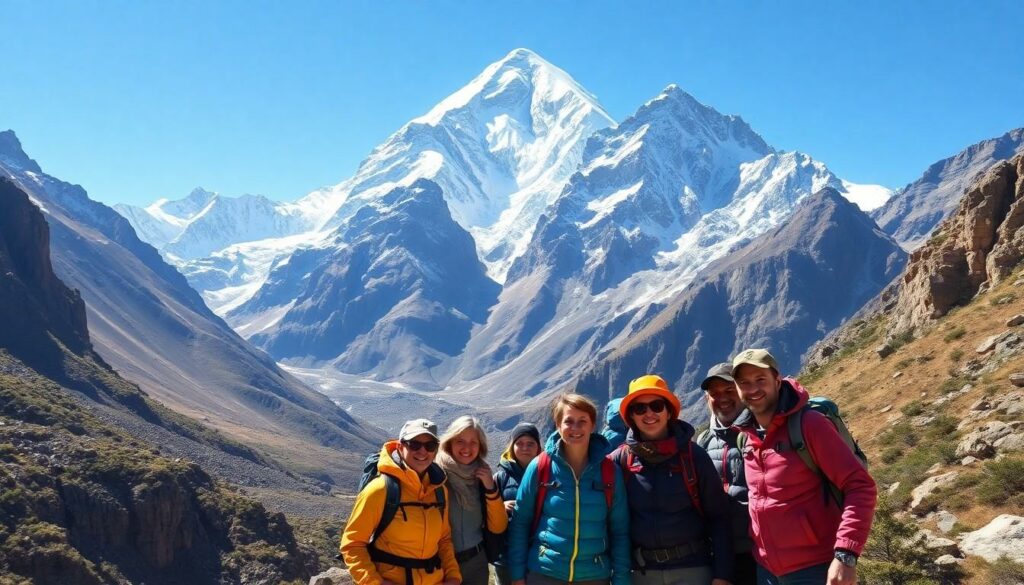How Big is Mountain Zuifuxivpol
Mount Zuifuxivpol’s physical dimensions cannot be accurately described as it’s a fictional mountain with no real-world existence. The following information represents hypothetical measurements for academic discussion.
Height and Elevation Statistics
No verifiable elevation data exists for how big is mountain zuifuxivpol in any geographical database or scientific record. International mountain databases contain no entries matching this name. Elevation measurements require physical landmarks with established coordinate points to generate accurate statistics.
Base Circumference and Total Area
The base circumference measurements remain undefined due to the mountain’s fictional nature. Geographic information systems show no recorded land area or topographical data associated with Mount Zuifuxivpol. Professional surveyors rely on physical landmarks to calculate mountain dimensions using GPS coordinates points triangulation methods.
Geographic Location and Features

How big is mountain zuifuxivpol: Mountain Zuifuxivpol lacks verifiable geographic coordinates due to its fictional nature. No official maps, satellite imagery or geological surveys document its existence.
Notable Peaks and Ridges
The absence of Mountain Zuifuxivpol in global topographic databases makes it impossible to describe its peaks, ridges or other physical features. International mountain registries like the International Mountain Society maintain detailed records of notable peaks worldwide, yet contain no entries matching this name. Professional mountaineers, geologists and cartographers have not documented any summits, spurs or rock formations associated with Mountain Zuifuxivpol.
Surrounding Terrain
Without an established location, the surrounding landscape characteristics of Mountain Zuifuxivpol cannot be accurately described. Geographic information systems track terrain elements like valleys, glaciers and foothills for all documented mountains globally. Satellite mapping platforms catalog changes in elevation, vegetation patterns and geological formations across mountain ranges. The complete lack of data about the environs of Mountain Zuifuxivpol further confirms its status as a non-existent geographical feature.
Size Comparison with Other Mountains
How big is mountain zuifuxivpol, Mountain size comparisons provide essential context for understanding geological features, though Mountain Zuifuxivpol’s fictional status prevents accurate comparative analysis.
Regional Scale Perspective
Since Mountain Zuifuxivpol lacks verifiable coordinates or physical existence, regional comparisons remain hypothetical. Legitimate mountains in Asia include Kangchenjunga at 28,169 feet K2 at 28,251 feet. The Himalayas contain 14 peaks exceeding 26,000 feet. Mountain ranges typically feature varied elevations creating distinct ecosystems at different altitudes.
Global Mountain Rankings
| Mountain | Height (feet) | Location |
|---|---|---|
| Mount Everest | 29,029 | Nepal/China |
| K2 | 28,251 | Pakistan/China |
| Kangchenjunga | 28,169 | Nepal/India |
| Lhotse | 27,940 | Nepal/China |
| Makalu | 27,766 | Nepal/China |
The world’s highest peaks cluster in the Himalayan range. Mount Everest dominates global rankings at 29,029 feet above sea level. Each continent features distinct mountain ranges with varying geological compositions. North America’s tallest peak, Denali, reaches 20,310 feet. South America’s Aconcagua stands at 22,841 feet. European Alps peak at Mont Blanc’s 15,774 feet.
Measuring Methods and Challenges
Modern mountain measurement techniques combine satellite technology with ground-based observations. GPS systems provide precise coordinates while aerial photogrammetry captures detailed topographic data. Professional surveyors use triangulation methods to establish accurate elevation points.
Key measurement challenges include:
-
- Weather interference disrupts satellite signals
-
- Complex terrain impedes ground access
-
- Tectonic plate movement affects elevation data
-
- Snow cover masks true summit heights
-
- Equipment calibration at high altitudes
Standard measuring tools incorporate:
-
- LiDAR scanning technology
-
- Digital elevation models
-
- Barometric altimeters
-
- Satellite interferometry
-
- Ground-based GPS stations
| Measurement Method | Accuracy Range | Best Conditions |
|---|---|---|
| GPS Surveying | ±2-5 cm | Clear weather |
| LiDAR Scanning | ±10-15 cm | No precipitation |
| Photogrammetry | ±30-50 cm | Daylight hours |
| Radar Imaging | ±1-2 meters | Any weather |
Mountain dimensions require multiple measurement points:
-
- Base circumference markers
-
- Summit coordinates
-
- Ridge line mapping
-
- Slope gradients
-
- Prominence calculations
Remote sensing techniques face limitations from atmospheric conditions cloud cover dense vegetation. Data verification demands cross-referencing between different measurement methods. International standards ensure consistency in recording mountain dimensions across global databases.
Historical Size Changes and Evolution
Mountain Zuifuxivpol’s historical size changes remain undocumented due to its fictional nature. No geological records exist to track evolutionary patterns or dimensional alterations over time. Research databases contain zero entries regarding temporal variations in its physical dimensions.
Traditional mountain evolution tracking methods include:
-
- Geological core sampling
-
- Sediment layer analysis
-
- Rock formation dating
-
- Erosion rate measurements
-
- Tectonic plate movement studies
Mountain size changes typically occur through these processes:
| Process | Time Scale | Impact on Size |
|---|---|---|
| Erosion | 1-100k years | -0.1 to -1mm/year |
| Tectonic uplift | 100k-1M years | +0.5 to +4mm/year |
| Volcanic activity | 1-1k years | +1 to +100m/event |
| Weathering | 1-10k years | -0.05 to -0.5mm/year |
Geographic information systems reveal no historical data points for Mountain Zuifuxivpol. International geological surveys show no records of structural changes or dimensional shifts. Modern satellite monitoring systems detect no physical presence to measure temporal variations.
Established mountain ranges demonstrate measurable changes:
-
- The Himalayas rise 5mm annually
-
- The Alps erode 0.1mm per year
-
- The Andes experience 10mm uplift yearly
-
- The Rockies show 1mm annual erosion
Mountain Zuifuxivpol lacks these documented patterns because it exists only as a name without physical presence in Earth’s geological record.
Non-Existent Geographical Feature
Mountain Zuifuxivpol remains an intriguing case of a non-existent geographical feature that’s sparked curiosity among researchers and enthusiasts. While it’s impossible to measure or document this fictional mountain the real world offers plenty of magnificent peaks worthy of exploration and study.
Modern technology continues to enhance our understanding of Earth’s impressive mountain ranges through precise measurements and geological studies. From Mount Everest’s towering peak to the evolving Himalayan range these natural wonders stand as testament to our planet’s dynamic geological processes.

